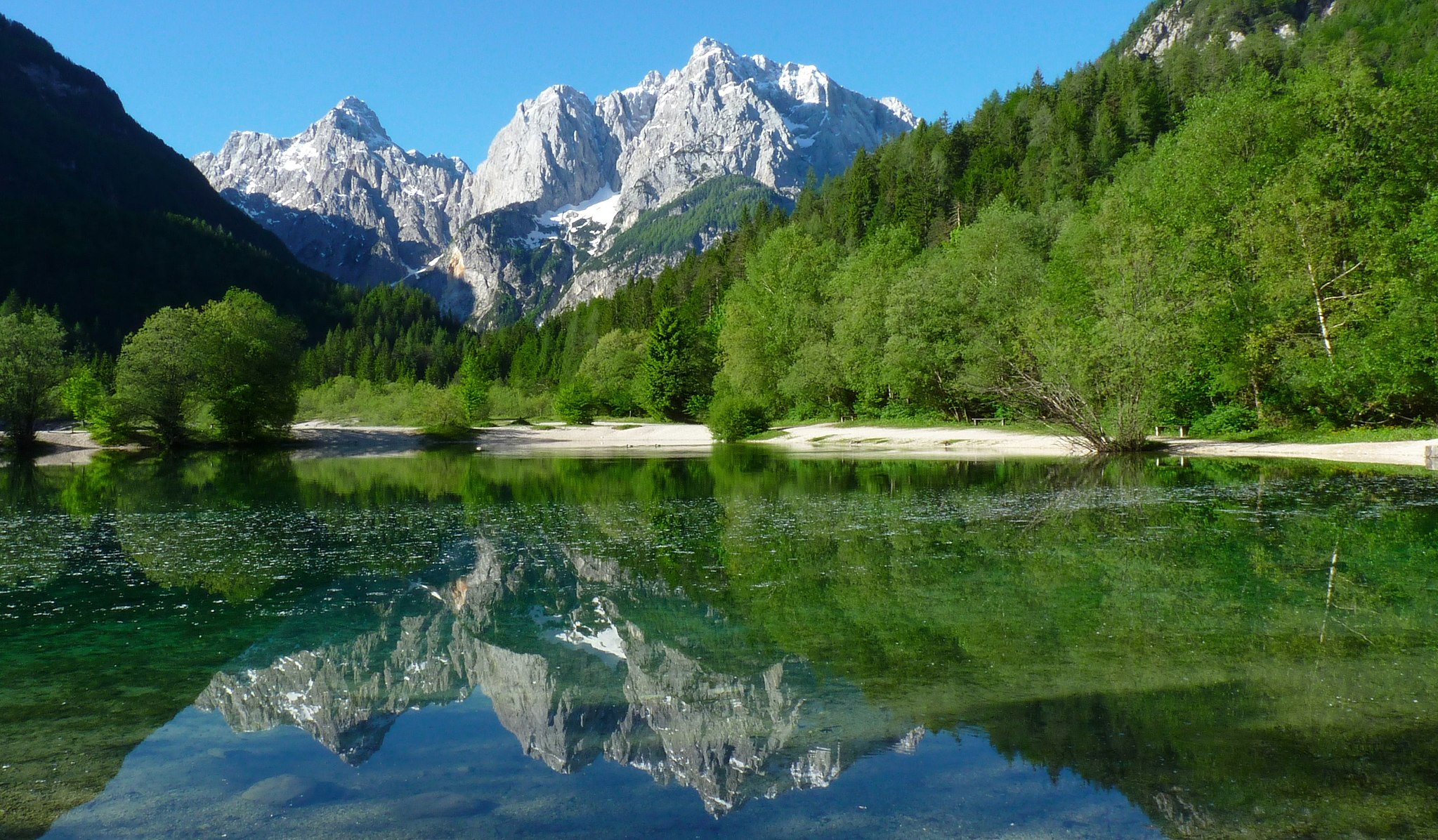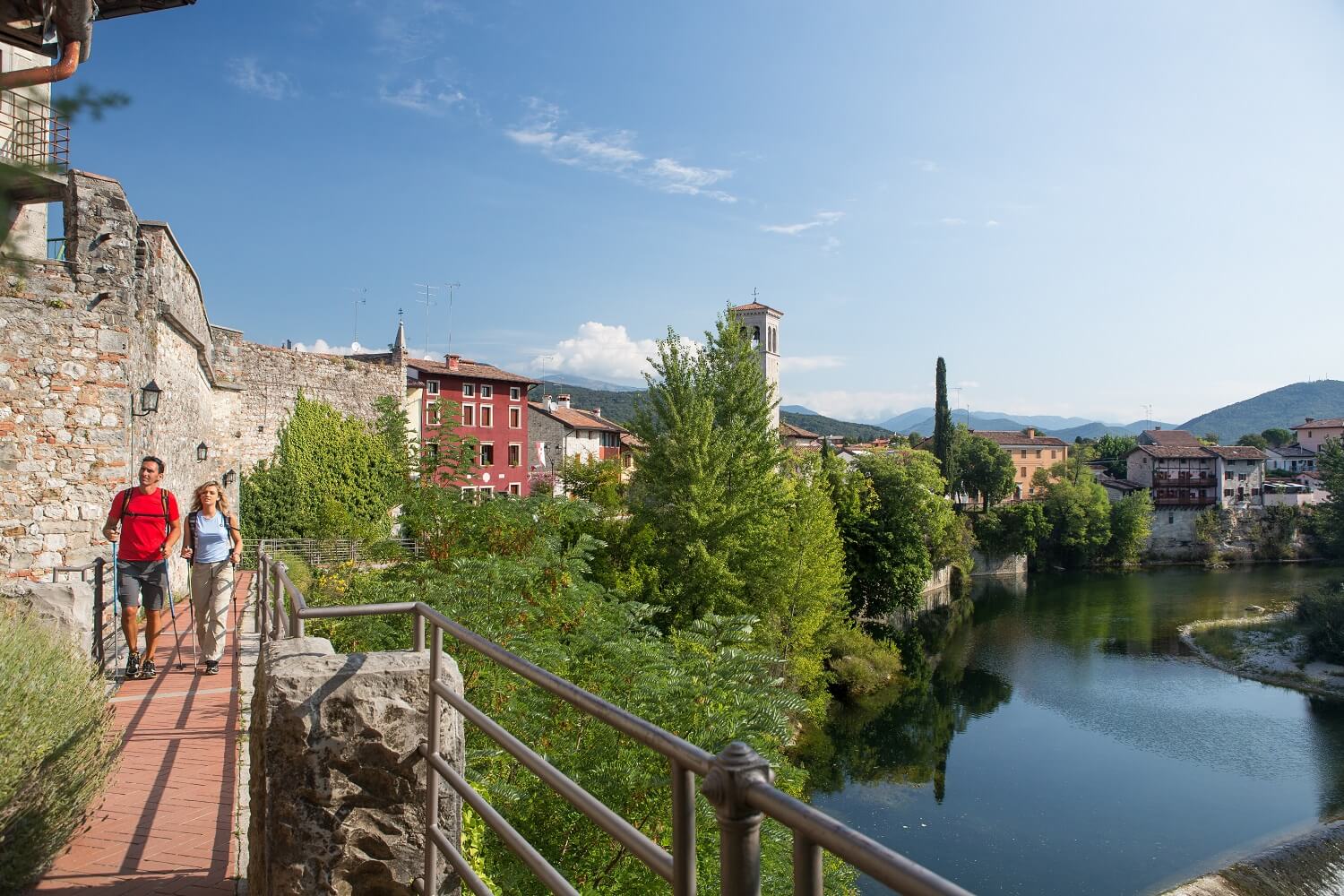With the walking season getting into full swing, this week we are looking at some of the best hiking trails in Europe, from Spain to Slovakia.
Hiking holidays are a great way to see less touristy parts of a country; away from the crowds you can meet the locals, try local cuisine and immerse yourself in local culture and traditions.
Self-guided walking holidays offer you the chance to discover the area at your own pace, while guided walking holidays with a small group can be a great way to meet new people as well as learn about the area through a knowledgeable guide. Here are some of our favourite destinations:
Austria – Salzkammergut
The Salzkammergut is an area located just outside Salzburg that spans various mountain ranges, including the Dachstein Mountains.
The name means 'Salt Chamber Estate' and is derived from the Imperial Salt Chamber that ran the important salt mines in the area under the Hapsburg Empire. The area is a UNESCO World Heritage Site, thanks to its interesting history and well-preserved architecture.
Travellers can often be found making the most of the seasons in the Salzkammergut; hiking and mountain biking as well as swimming and fishing in the many lakes are popular summer activities, and the area is also a popular winter sports destination.
Walkers can enjoy the typically Austrian scenery – pristine villages, crystal clear mountain lakes and well-marked and maintained hiking trails.
Highlights: Check out the famous 5 fingers viewing platform at Krippenstein (which can be reached from Obertraun by cable car), views from up here are magnificent, but those with a fear of heights should stay away - each platform has a glass floor!
See our hiking breaks in Austria
Slovenia – Triglav National Park
Slovenia’s only national park covers a huge 880km2 including most of the Julian Alps in north west Slovenia and borders both Italy and Austria. It is famous for its beautiful uncontaminated landscapes and endemic flora and fauna.
Popular activities in the park include hiking, climbing, mountaineering, as well as rafting and canyoning in its impressive mountain gorges.
As it is a national park, hikers will need to stick to marked trails of which there are many. There are also many mountain huts dotted around the park, though the accommodation is pretty basic and usually involves sleeping in a dormitory – water is strictly rationed so showers are not always possible. The scenery when you wake up in the morning makes it more than worth it!
Highlights: Mount Triglav, the highest in Slovenia at 2,864m, is a symbol of Slovenia and featured on the nation's flag. Lake Bohinji, less well known than Lake Bled is a well-kept secret popular with Slovenian tourists and the breathtaking Savica falls are just a short hike from the lake.

Lake Bohinji, Triglav National Park, Slovenia
Spain - Camino de Santiago
The world-famous Camino de Santiago is a network of routes that all lead to the city of Santiago de Compostela in the Galicia region of Northwest Spain. Though the routes themselves pre-date Christianity, the Camino is best known as a pilgrimage site to the cathedral of Santiago de Compostela where there is a shrine to the apostle St. James the Great.
The network includes the French way (from the French Pyrenees), the primitive way (from Oviedo), the Portuguese way (from Lisbon) and the Northern way (from San Sebastien). Both the French and Northern routes are classified as UNESCO World Heritage Sites.
While still a very popular pilgrimage route, the camino also attracts walkers and cyclists from around the world attracted by the challenge, the sense of camaraderie, the fantastic scenery, and the excellent food.
Highlights: Enjoy the local tapas (known as Pintxos – pronounced 'pinchos'), check out the seaside resort of San Sebastien, and if on your route Bilbao is well worth a night or two. If you are heading all the way to Santiago de Compostela then try and time your visit for the fiesta de San Juan on 23rd June, where the town (like many others in Spain) holds a huge party with bonfires of all sizes – jumping over them apparently brings good luck!
Slovakia – High Tatra mountains
Located between northern Slovakia and southern Poland, the High Tatra mountain range is long and narrow (just 19 km wide), and the highest in the Carpathian Mountains. It is protected on both sides of the border by National Parks and the two parks are now part of a cross border UNESCO biosphere reserve. Indigenous animals include the Eurasian brown bear, Eurasian lynx, marten, wolf and fox.
The area offers numerous hiking trails and mountain biking opportunities as well as more technical mountaineering routes, and some ski areas open in the winter months.
The area is famous for its thermal springs and there are many spa towns like Poprad in Slovakia and Zakopane in Poland where you can head after a few days hiking.
Highlights: Belianska Cave is the only accessible cave in the High Tatras. It was first opened to the public in 1882 and has excellent acoustics; it is approximately 3641 m long, and half of it is open to visitors. You could also take a trip to the charming village of Červený Kláštor (about 50 km from Belianska Chata) and take a trip down the Dunajec river or visit the 14th century monastery.

Hikers on the Alpe Adria Trail
Italy, Slovenia, Austria - Alpe Adria Trail
The 750km Alpe Adria Trail connects the Carinthia region of Austria with western Slovenia and Italy's Friuli-Venezia Giulia. Starting from the highest mountain in Austria, the Grossglockner, it continues on through Slovenia and Italy until reaching its final destination of Muggia/Trieste on the Adriatic Sea.
The trail covers a total of 43 stages across a variety of terrain, though few people cover the entire trail in one go. Each stage is around 20km long and takes around 6 hours to complete; they are well signposted and can be followed in both directions. Though the trail starts in the Alps most stages are not Alpine and therefore do not have huge height differences and are not hugely challenging. All stages start and end in an area with accommodation and places to eat.
Highlights: History lovers will be interested to explore the sites of famous WW1 battles, while wine lovers will enjoy discovering the vineyards of north eastern Italy. Nature lovers are spoiled for choice!
We have a selection of hiking and cycling breaks along the Alpe Adria trail
So there you have it, if you have any good tips and suggestions for these destinations, or maybe you would like to add another destination, then drop us a line or let us know in the comments.
